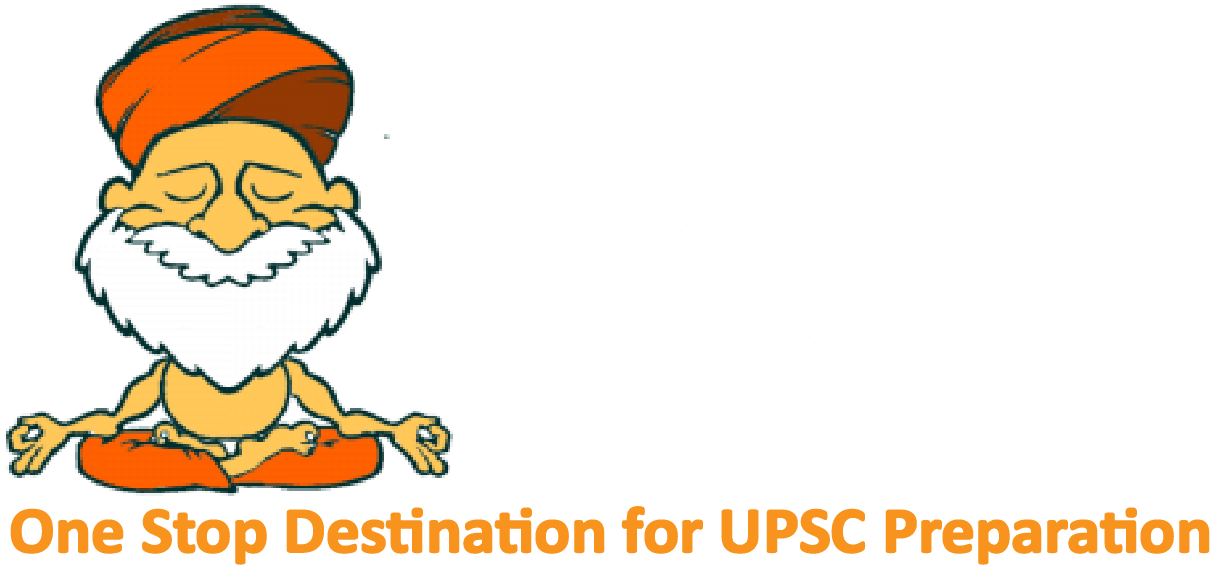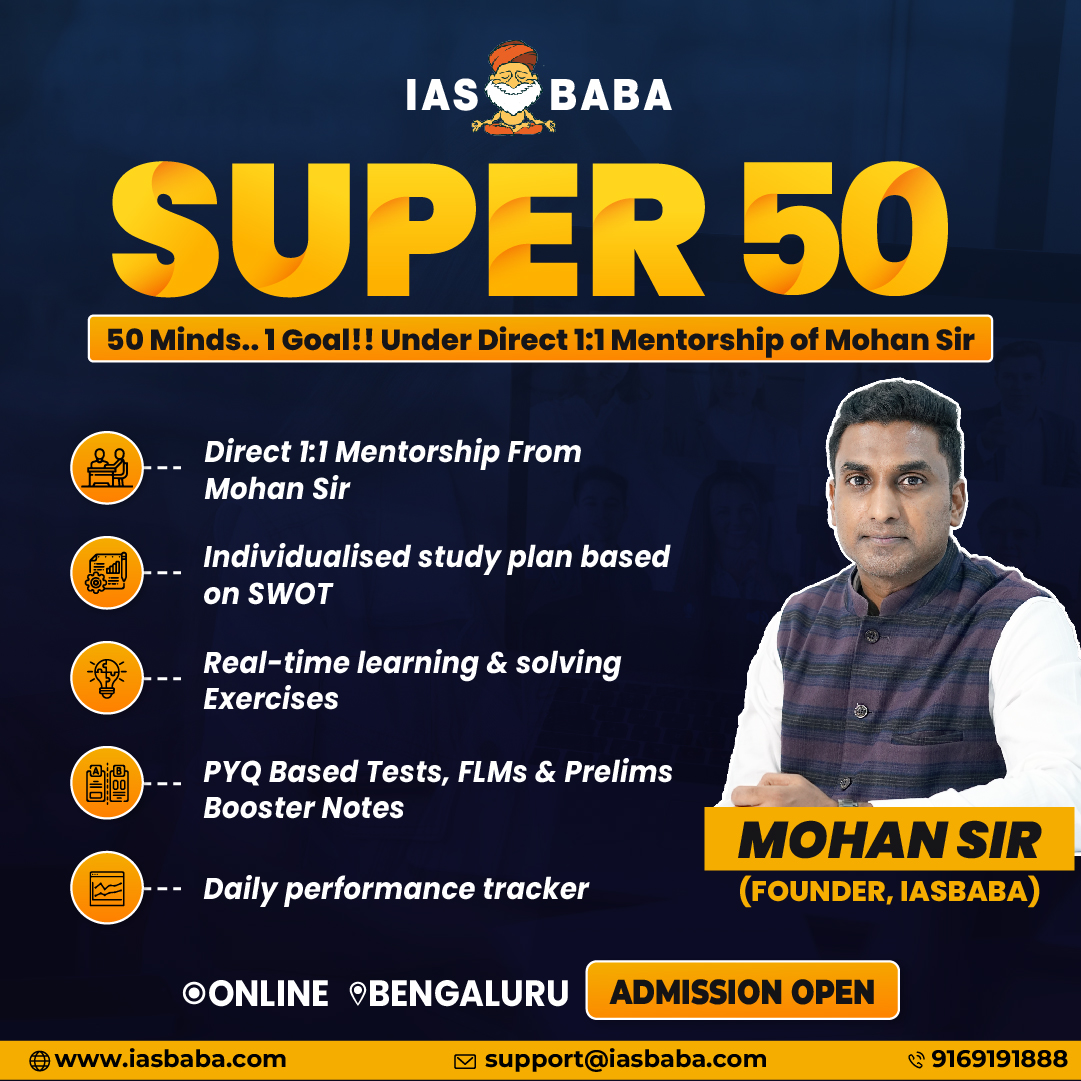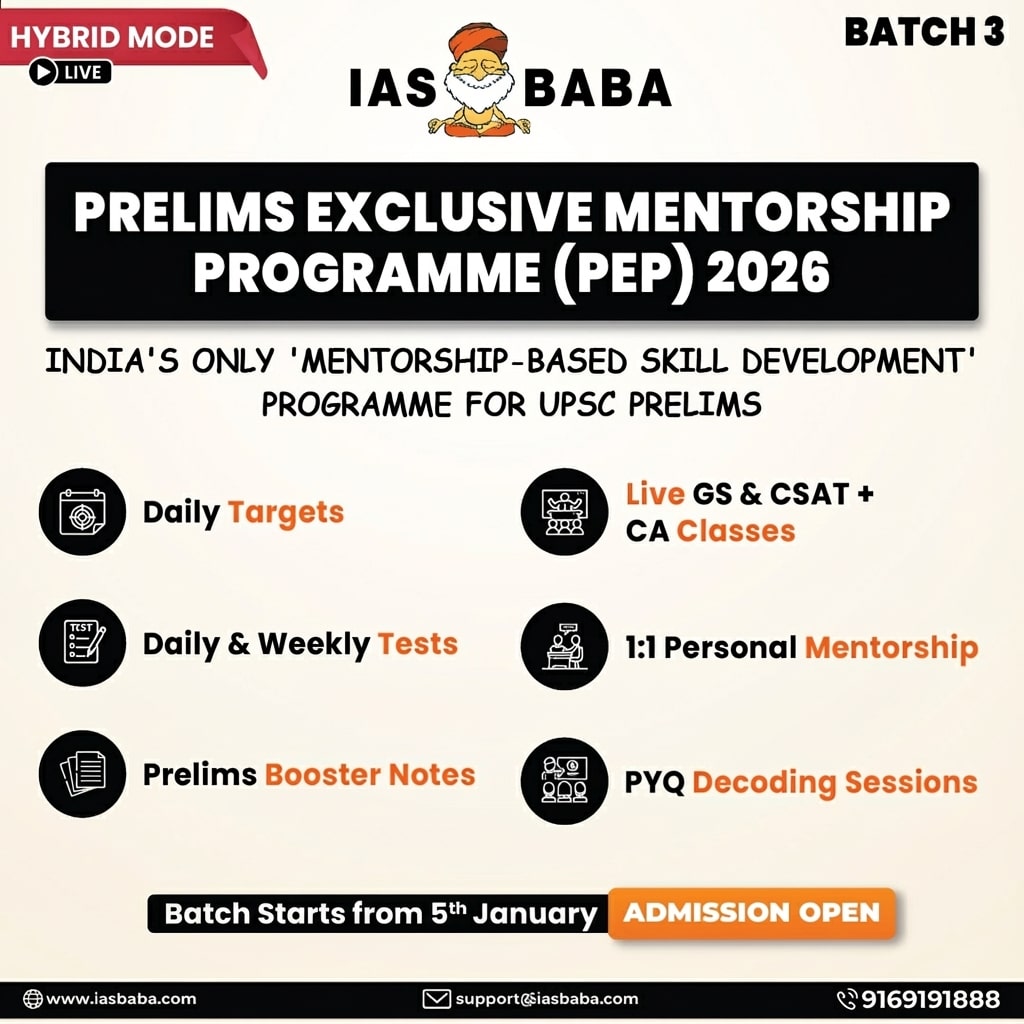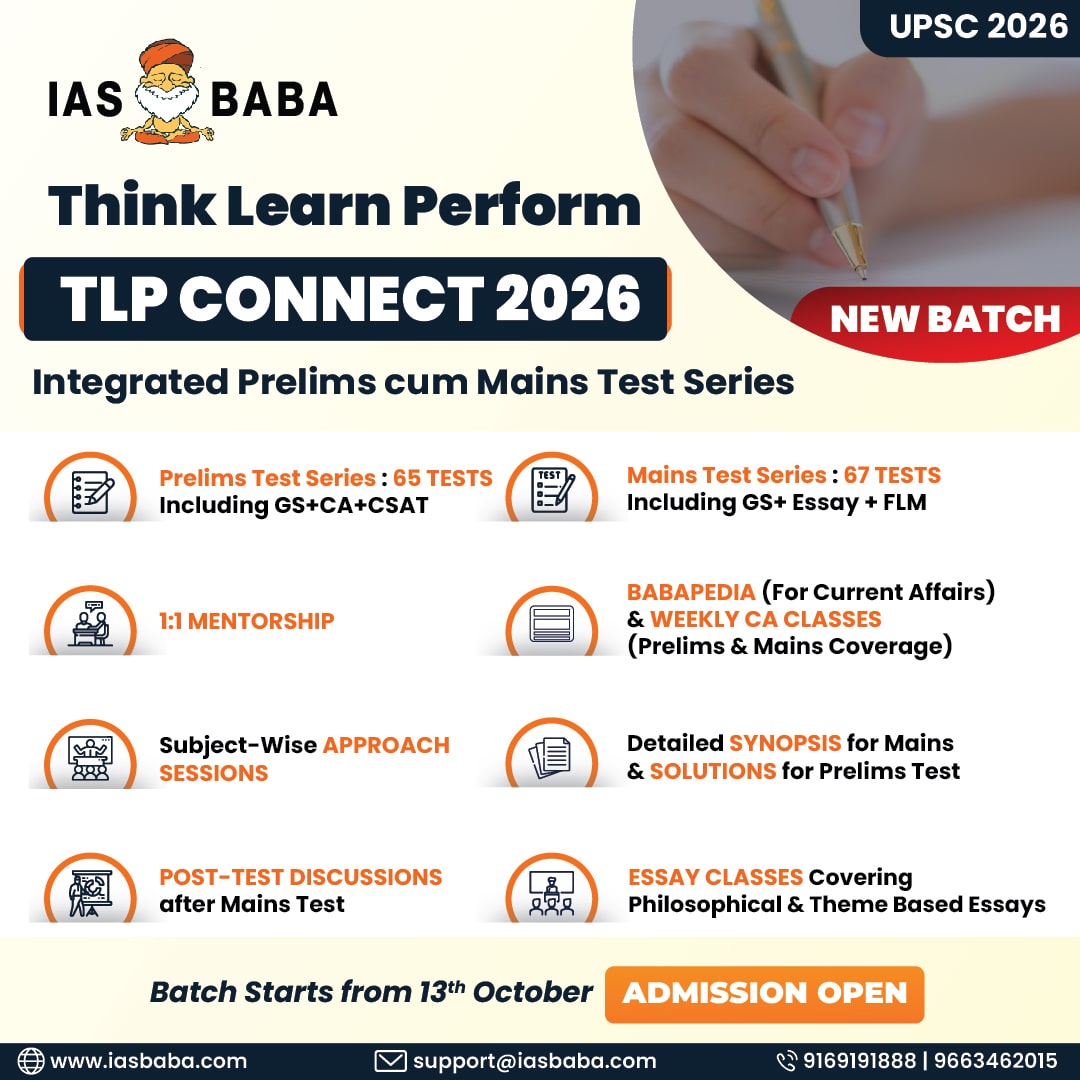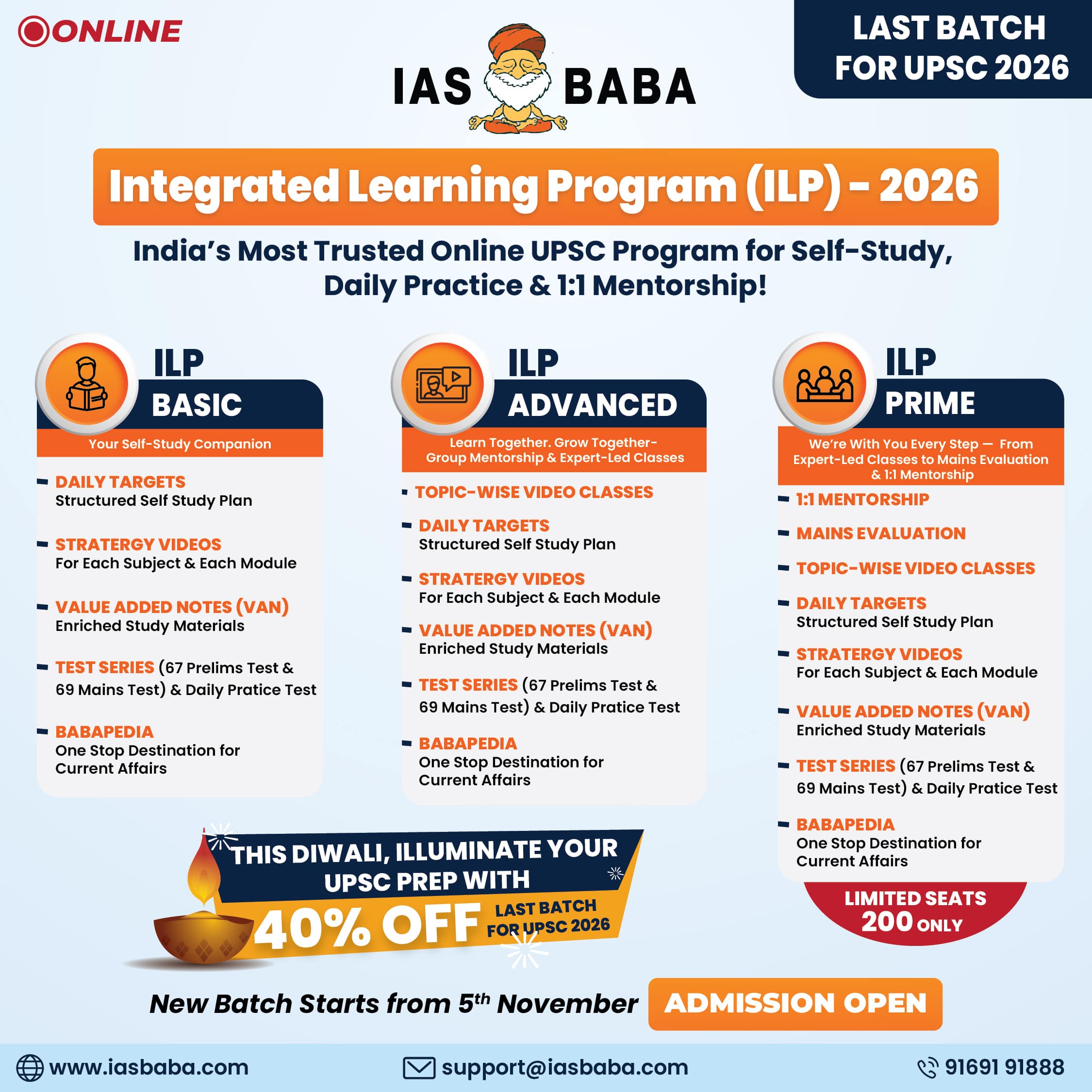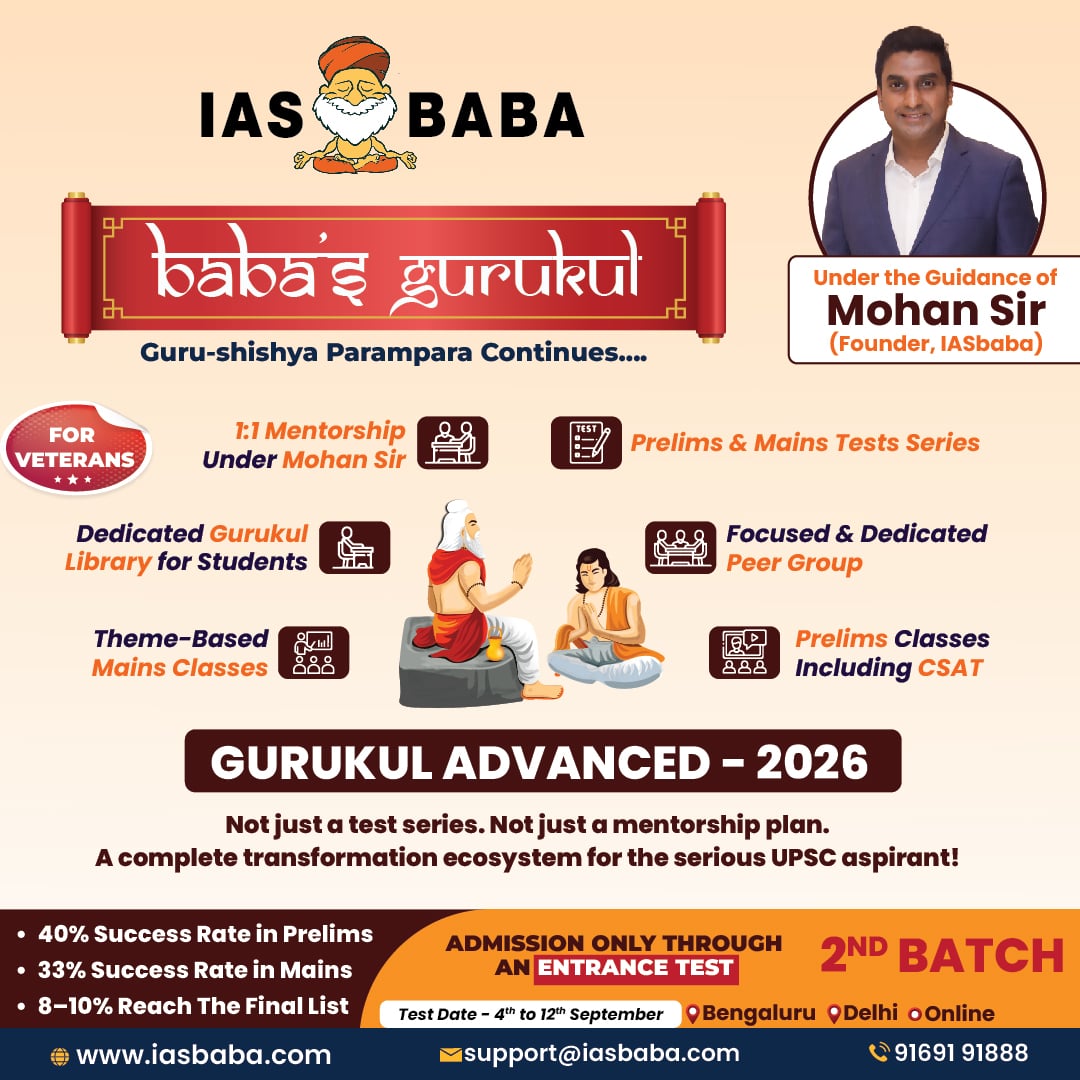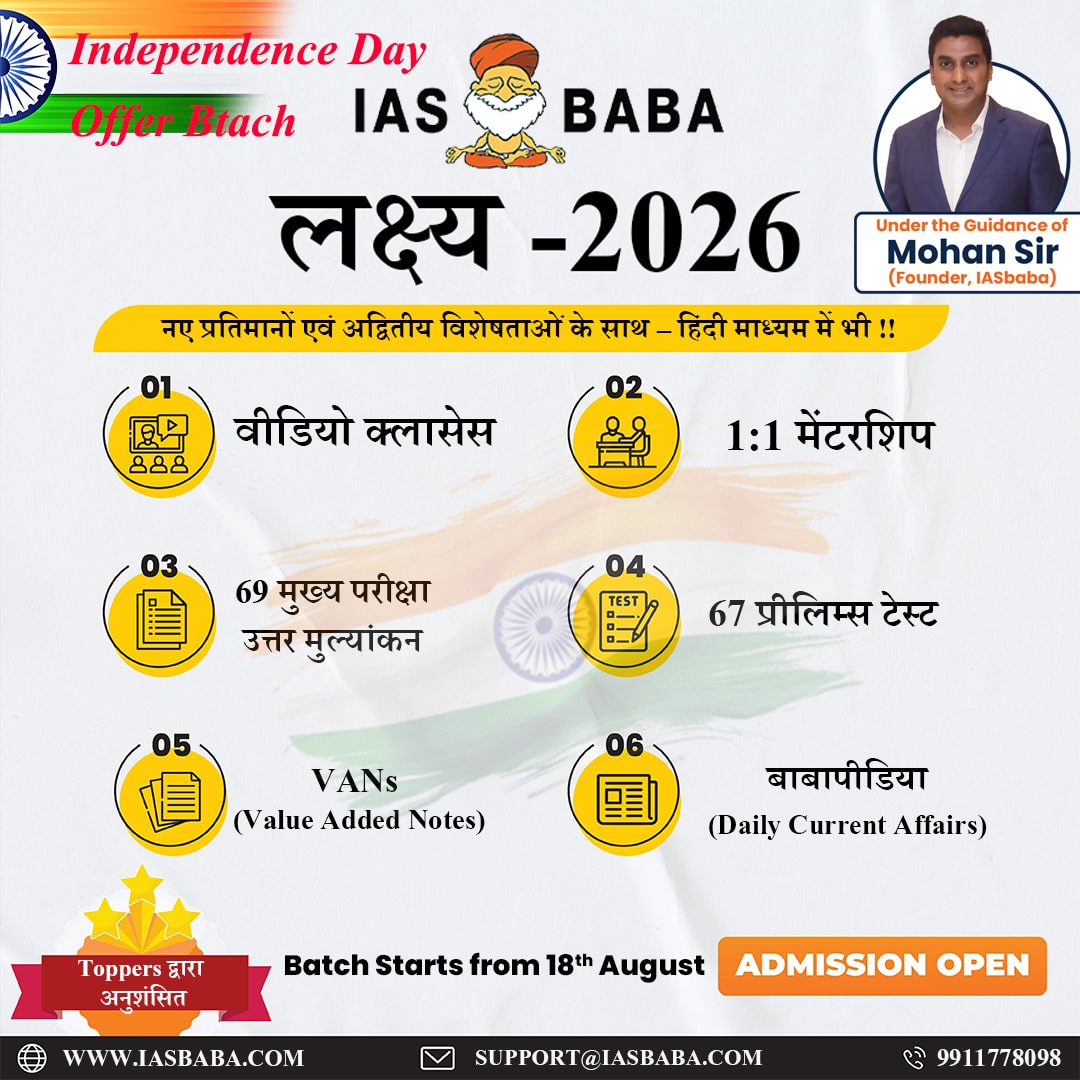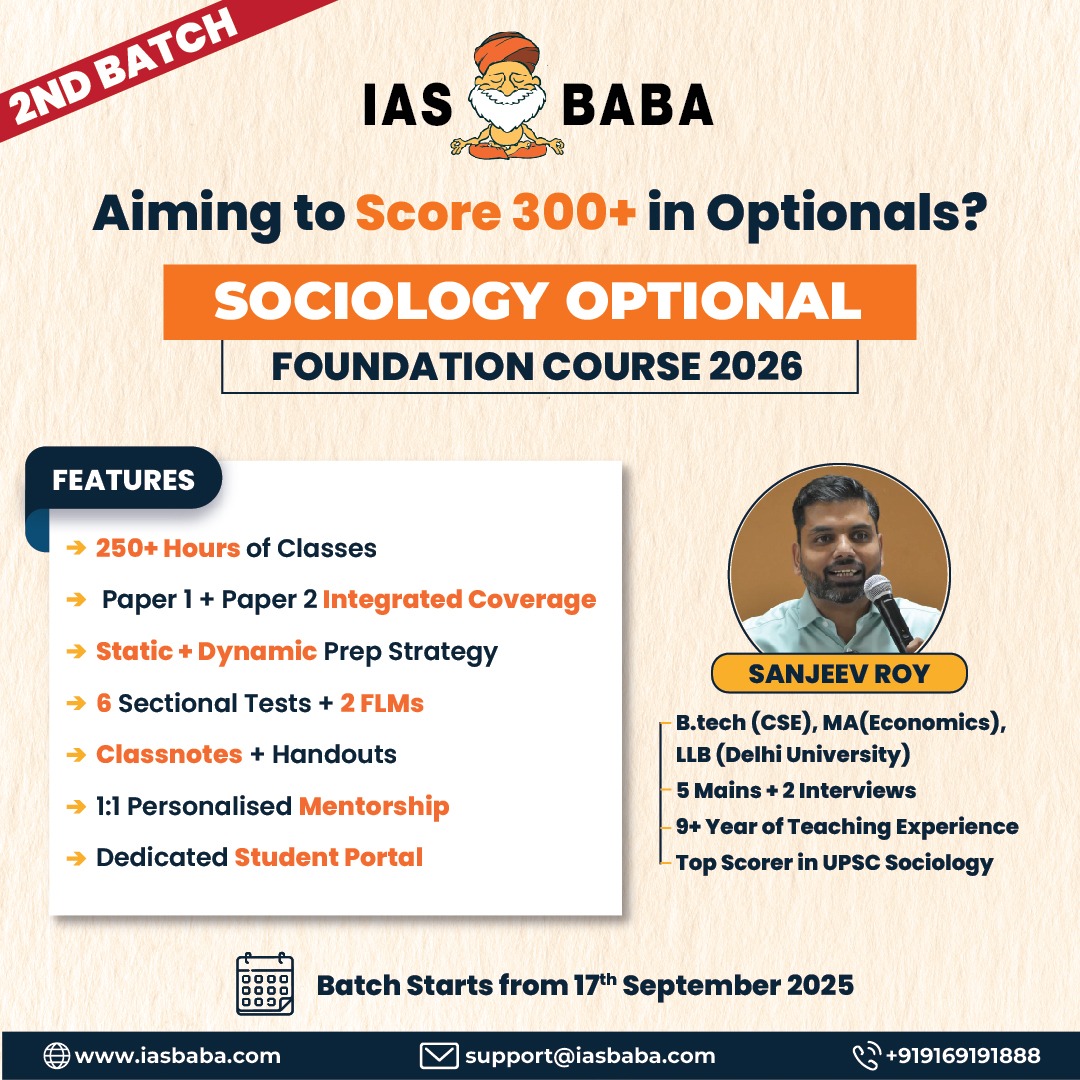IASbaba's Daily Current Affairs Analysis
Archives
(PRELIMS & MAINS Focus)
Category: SCIENCE & TECHNOLOGY
Context: In a major crackdown on drug safety violations, India’s Central Drugs Standard Control Organisation (CDSCO) has banned 35 fixed-dose combination (FDC) drugs.
Decoding the context: The April 11 order directs an immediate halt on manufacturing, sale, and distribution of these drugs, citing that they were approved without mandatory safety and efficacy evaluations under the New Drugs and Clinical Trials (NDCT) Rules, 2019. State drug regulators had approved them without following central oversight procedures.
Learning Corner:
- Fixed-Dose Combination (FDC) Drugs are medications that combine two or more active pharmaceutical ingredients (APIs) in a fixed ratio within a single dosage form (e.g., tablet, injection).
- FDCs classified as “New Drugs” require central approval for safety and efficacy, per NDCT Rules, 2019. Only CDSCO, not State Licensing Authorities (SLAs), can approve new FDCs.
Advantages of FDCs
- Improved Compliance: Fewer pills mean better adherence to therapy.
- Synergistic Action: Combining drugs with complementary actions can enhance efficacy.
- Cost-Effective: Reduces overall cost of treatment by lowering packaging and distribution costs.
- Prevents Resistance: Especially in TB/HIV treatment, combining drugs reduces chance of microbial resistance.
Concerns and Risks
- Irrational Combinations: Some FDCs (e.g., antibiotics + probiotics) lack scientific validation, contributing to antimicrobial resistance (AMR), a global health threat.
- Increased Adverse Effects: Multiple active ingredients raise the risk of drug interactions and side effects.
- No Individualized Dosage: Fixed ratios may not suit all patients.
- Regulatory Loopholes: Some manufacturers market FDCs without proper Central Drug Authority approval under state-level licenses.
Source : Business Today
Category: POLITY
Context: Justice Bhushan Ramkrishna Gavai is set to become the 52nd Chief Justice of India (CJI) on May 14, 2025, succeeding Justice Sanjiv Khanna, who retires on May 13.
Decoding the context: Justice Gavai will serve until his retirement on November 23, 2025, and will be the second Dalit to hold the position after Justice K.G. Balakrishnan.
Learning Corner:
- Article 124(2) of the Constitution empowers the President of India to appoint the CJI and other Supreme Court judges.
Functions:
- Leads judicial proceedings, including Constitution Benches for landmark cases (e.g., Article 370 abrogation, upheld by Justice Gavai in 2023).
- Administers the Supreme Court, assigning cases and forming benches.
- Acts as the “Master of the Roster,” deciding case allocations.
- Advises on judicial appointments via the Collegium system
Appointment Process:
- Memorandum of Procedure (MoP): The outgoing CJI recommends the senior-most Supreme Court judge as successor to the Union Law Ministry, followed by government approval and presidential appointment.
- Seniority Norm: The senior-most judge of the Supreme Court is typically appointed as the CJI.
- Tenure: Until retirement at age 65.
- Removal: As per Article 124(4), a judge, including the CJI, can be removed by the President on grounds of proved misbehavior or incapacity, following a special majority in both Houses of Parliament.
Source : Hindustan Times
Category: ART & CULTURE
Context: Upholding the use of Urdu on the signboard of a municipal council building in Maharashtra, the Supreme Court said language is culture and must not become a cause for dividing people, and Urdu “is the finest specimen of Ganga-Jamuni tehzeeb, or the Hindustani tehzeeb”.
Decoding the context: The court said it is a “misconception that Urdu is alien to India”, adding that “it is a language which was born in this land”.
Learning Corner:
- Urdu, an Indo-Aryan language, evolved during medieval period from Perso-Arabic influences on Khariboli (a Prakrit-based dialect spoken in the Delhi region, which formed the grammatical base of Urdu), enriched by Persian, Arabic, and Turkic vocabulary.
- The name “Urdu” is derived from the Turkish word “ordu” (camp), indicating its roots in military and cultural mingling.
- Before it is called Urdu, it was familiar with other names including Hindustani, Hindavi, Dehlavi and Rekhta.
- Written in the Nastaliq script, it is known for its poetic and literary richness.
- Eighth Schedule: Urdu is one of the 22 scheduled languages under the Eighth Schedule, ensuring its promotion and development for education, literature, and cultural preservation.
- Official Language: Urdu is an official language in Jammu & Kashmir, Telangana, Uttar Pradesh, Bihar and Delhi (National Capital Territory), alongside Hindi or regional languages, under state Official Language Acts.
- The National Council for Promotion of Urdu Language (NCPUL), under the Ministry of Education, funds Urdu education, literature, and digital resources.
Cultural Significance:
- Represents India’s composite culture, blending Hindu and Muslim traditions, as seen in Urdu poetry, ghazals, and Bollywood songs.
- Prominent in literature (e.g., Urdu Sahitya Akademi Awards), media (e.g., Urdu newspapers like Roznama Urdu Times), and education (e.g., Maulana Azad National Urdu University, Hyderabad).
- Spoken by ~50 million people in India (2011 Census, 4.2% of population), primarily in Uttar Pradesh, Bihar, Telangana, and Delhi.
Source : Indian Express
Category: SCIENCE & TECHNOLOGY
Context: The Kerala State Electricity Board (KSEB) and the Indian Institute of Technology Bombay (IIT Bombay) have initiated a pilot project to explore the implementation of Vehicle-to-Grid (V2G) technology across the State.
Decoding the context: This collaboration aims to assess the feasibility of integrating Electric Vehicles (EVs) into the State’s power grid.
Learning Corner:
- Vehicle-to-Grid (V2G) technology enables electric vehicles (EVs) to act as decentralized energy storage units by supplying stored electricity back to the power grid, enhancing grid stability and renewable energy integration.
- V2G technology enables bidirectional energy flow—EVs not only consume power (charging) but can also supply stored power back to the grid (discharging).
Key Points on V2G Technology
- Mechanism:
- V2G allows EV batteries to draw power from the grid and return it during peak demand via bi-directional chargers.
- Requires smart grid infrastructure and real-time grid management, to balance charging and discharging.
- Example: EVs charge during low-demand periods (e.g., daytime with solar surplus in Kerala) and discharge during high-demand periods (e.g., nighttime).
- Benefits: Grid Stability: EVs act as distributed storage, reducing grid overload and blackout risks.
- Renewable Energy Integration: Stores excess solar/wind energy, supporting India’s 500 GW renewable target by 2030.
- Emission Reduction: Promotes cleaner grids, aligning with India’s net-zero goal by 2070, reducing 1.24 million annual pollution-related deaths.
- Cost Savings: EV owners earn revenue by selling power, while utilities avoid costly external purchases.
Source : The Hindu
Category: ENVIRONMENT
Context: India’s metro cities is witnessing a troubling increase in accidental deaths and injuries involving pedestrians, cyclists, and street vendors. Despite the presence of service lanes and non-motorized transport (NMT) zones in many cities, the widespread encroachment and misuse by motorized vehicles has turned these safe pathways into accident zones.
Decoding the context: In such a grim urban scenario, active mobility—emphasizing walking and cycling in safe, inclusive, and sustainable environments—emerges not just as a transport alternative, but as a public health and urban resilience imperative.
Learning Corner:
- Active mobility refers to human-powered modes of transportation, primarily walking and cycling, that promote health, sustainability, and urban livability.
- Scope: Encompasses non-motorized transport (walking, cycling, skateboarding) and micro-mobility (e.g., e-bikes).
Significance:
- Health Benefits: Promotes physical activity, reducing non-communicable diseases (NCDs) like diabetes (77 million cases in India, IDF 2021) and obesity.
- Environmental Impact: Cuts vehicular emissions, supporting India’s net-zero 2070 goal and National Clean Air Programme (NCAP), addressing 1.24 million annual pollution deaths.
- Safety: Dedicated infrastructure lowers accident risks; India reported 1.55 lakh road deaths in 2022, with 40% involving pedestrians/cyclists (MoRTH).
- Economic Gains: Reduces fuel costs and healthcare expenditure, saving ₹1.8 lakh crore annually if cycling doubles (TERI 2023).
- Urban Sustainability : Reduces congestion, noise, and vehicular load in cities.
Source : The Hindu
Practice MCQs
Q1. With reference to “Active Mobility”, consider the following statements:
- It includes only non-motorized modes of transport powered by electricity.
- It contributes to reduced greenhouse gas emissions in urban areas.
- It is promoted under the Smart Cities Mission.
Which of the statements given above is/are correct?
A. 1 and 2 only
B. 2 and 3 only
C. 1 and 3 only
D. 1, 2 and 3
Q2. Which of the following best describes Vehicle-to-Grid (V2G) Technology?
- Technology that enables wireless charging of electric vehicles.
B. A system that allows electric vehicles to transmit power back to the grid.
C. A hydrogen fuel-based vehicle charging system.
D. A solar panel system integrated into vehicle roofs.
Q3. With reference to the Urdu language in India, consider the following statements:
- Urdu is one of the official languages in the state of Telangana.
- Urdu is written in the Devanagari script.
- The National Council for Promotion of Urdu Language works under the Ministry of Culture.
Which of the statements given above is/are correct?
A. 1 only
B. 1 and 2 only
C. 2 and 3 only
D. 1 and 3 only
Comment the answers to the above questions in the comment section below!!
ANSWERS FOR ’ Today’s – Daily Practice MCQs’ will be updated along with tomorrow’s Daily Current Affairs
ANSWERS FOR 17th April – Daily Practice MCQs
Q.1) – a
Q.2) – c
Q.3) – a

